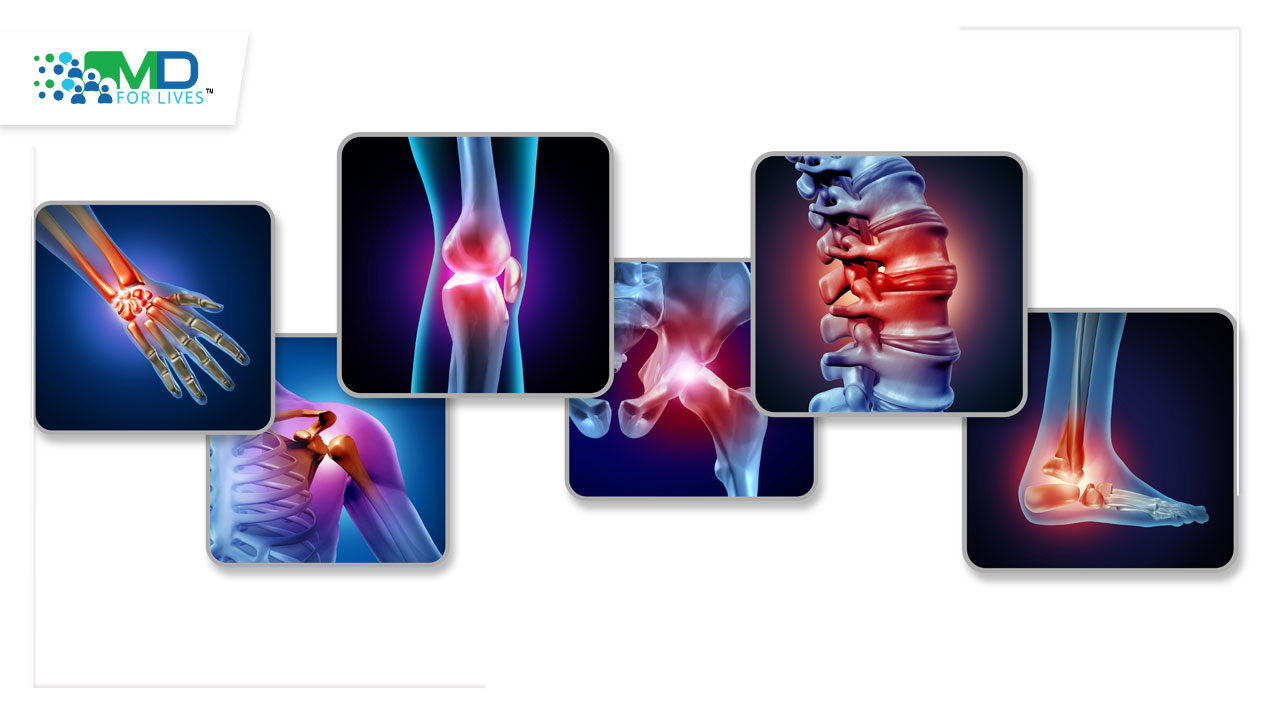Once a woman reaches menopause, there are a series of changes that take place in her body. One of the commonest concerns is bone health because after menopause bone mass is lost at a rate higher than it is formed. Therefore, the risk of developing fractures due to decreased bone mineral density increases in post-menopausal women. Post-menopause there is a significant fall in the levels of the hormone estrogen, which protects bones; this may be a cause of osteoporosis. Similarly, in men, low levels of testosterone may lead to the same. Previous studies have shown that menopausal hormone therapy (MHT) has positive effects on bone density. Studies have also shown that even a very low dose of estrogen in MHT helps in preserving and improving bone density.
A recent study carried out by researchers of Lausanne University Hospital in Switzerland demonstrated that menopausal hormone therapy (MHT) can have positive effects on bone mass and structure. A total of 1,279 women aged between 50-80 years and residing in Lausanne were enrolled in this study. Participants were divided into three groups: 22% were selected to undergo menopausal hormone therapy (MHT) during the study, 30% were those who had shown positive effects from MHT before the treatment, and 48% were those who were never given menopausal hormone therapy (MHT).

Scientists used dual X-ray absorptiometry (DXA) scans of various bony structures like the lumbar spine, femoral neck, and hip of the participants to evaluate their bone mineral density. After analyzing these scans, the participants were given a Trabecular Bone Score, which measured the quality of their bone structure. This score is generally used to determine the risk of fracture in postmenopausal women.
Age and body mass index were the most important factors that were considered in this study. Other factors like history of fractures, ingestion of any supplements like calcium and vitamin D by participants were also considered.
This study showed that MHT does help in improving bone mass and structure. The results were published in the Endocrine Society’s Journal of Clinical Endocrinology & Metabolism. It was also seen that the bone health benefits brought about by MHT persisted in women for minimum 2 years after ending the treatment.
Researchers observed that the Trabecular Bone Score was higher in patients who were given MHT at the time of the study, in comparison to those who had taken the treatment in the past and also those participants who were never treated with MHT.
There was a significant rise in the bone mass density values of participants who were currently treated with MHT. Furthermore, those who were previously given therapy showed a higher bone mass density and higher bone microarchitecture, in comparison to those who never received this treatment. The time period of MHT had no effect on bone health. Hence, this study proves to be very beneficial for women in the initial menopausal phase as they can reap maximum benefits of MHT and avert the risk of osteoporosis.
Credit: Dr. Rachita on behalf of Borderless Access







1 Comment
Taylor Bishop
8 years agoIt’s really interesting to know that a low dosage of estrogen in menopausal hormone therapy has shown to help preserve bone density. Not only that, but it’s interesting to learn about the Trabecular Bone score, and that it can determine the risk of fracture for postmenopausal women. Honestly, it would be interesting to see what these tests involve and how the results are determined.